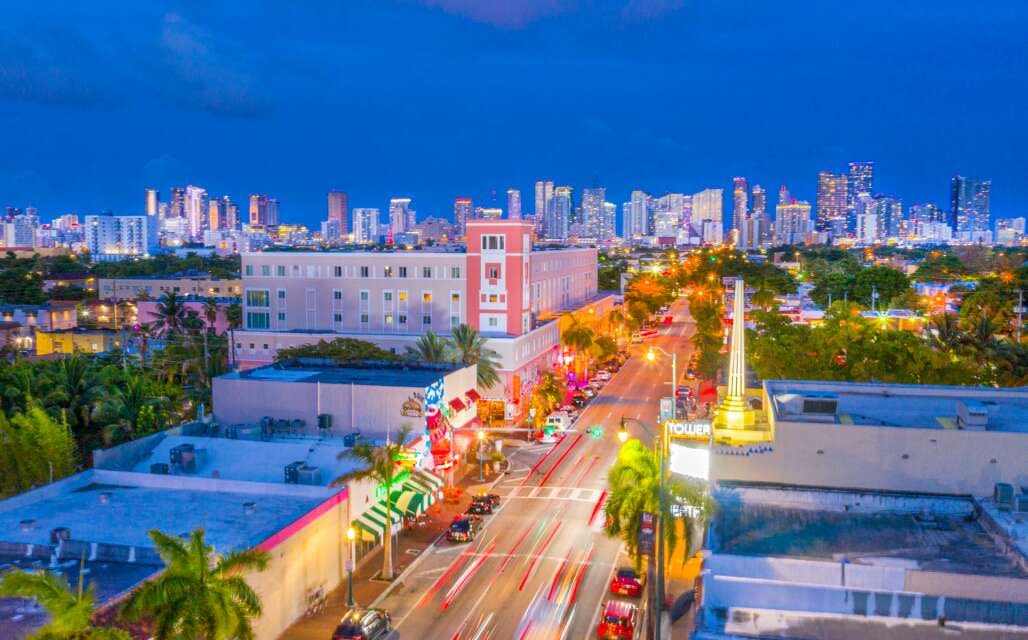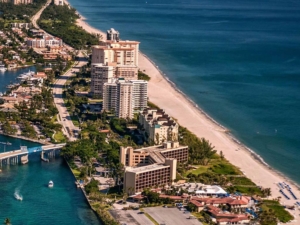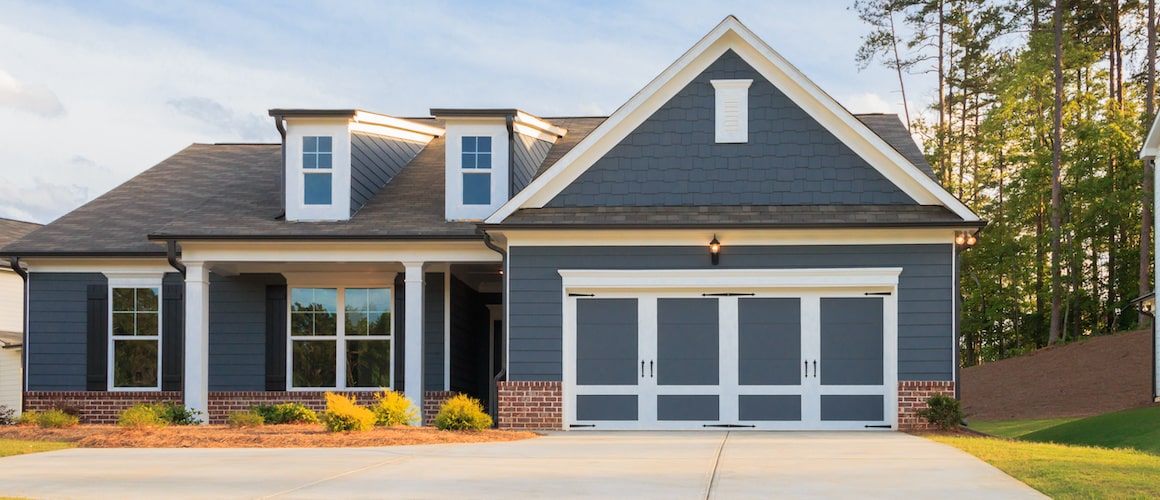Live Local Act Tower Proposal Transforms Miami's Little Havana Skyline
Miami Developers Plan Transformative 23-Story Affordable Housing Project in Historic Little Havana
In a significant development for Miami's iconic Little Havana neighborhood, developers Khashayar Khazai and Shane Shapiro have proposed a 166-unit residential tower under Florida's innovative Live Local Act. The 23-story building, planned for a half-acre site at 521 and 531 Southwest Seventh Street, represents the latest in a surge of projects leveraging the state's affordable housing incentives to address critical housing needs in urban areas.
The proposal, scheduled for review by Miami's Urban Development Review Board, would dramatically transform this traditionally low-rise area while providing much-needed affordable housing options. The project highlights the growing tension between urban density, community character, and housing affordability that many American cities currently face.
Project Specifications and Affordability Commitments
The proposed tower will feature a diverse mix of living spaces, including studio, one-bedroom, and two-bedroom apartments, alongside 400 square feet of commercial space that could help integrate the project into the neighborhood's vibrant street life. Following Live Local Act requirements, at least 40% of the units (67 apartments) will be designated for households earning no more than 120% of the area median income (AMI).
This affordability threshold is particularly significant for Miami-Dade County, where the annual AMI stands at $87,200 according to the Florida Housing Finance Corporation. The affordability commitment means dozens of units will be available to middle-income workers who increasingly struggle to find housing within financial reach in Miami's competitive market.
The development site, which currently houses three two-story apartment buildings with a total of 12 units, was acquired by the developers for $4.6 million through two separate transactions in 2023. This represents a substantial density increase from the existing structures, aligning with urban planning principles that advocate for increased density near commercial corridors and transit routes.
Understanding the Live Local Act's Impact on Miami's Urban Landscape
Florida's Live Local Act, enacted in 2023 and modified in 2024, has become a powerful catalyst for affordable housing development across the state. The legislation provides two primary incentives that make projects like this financially viable:
- Density bonuses that allow developers to build larger structures than normally permitted by local zoning regulations
- Property tax exemptions that improve the economics of including below-market rate units
These incentives have sparked considerable developer interest, with numerous projects currently in various stages of planning and approval. Critics note that the resulting developments sometimes contrast sharply with existing neighborhood character, as evidenced by this Little Havana proposal, which would rise substantially taller than the predominantly two and three-story buildings surrounding it.
The Broader Trend: Live Local Act Projects Reshaping Miami
The Little Havana tower is part of a larger wave of Live Local Act projects transforming Miami's neighborhoods. Other notable proposals scheduled for review by the development review committee include:
- A 24-story, 400-unit tower in Allapattah proposed by commercial brokers Lyle Stern and Kerry Newman
- A striking 41-story, 234-unit tower in Wynwood Norte backed by former professional baseball player Alex Guerrero
These projects represent a significant shift in Miami's approach to housing development, prioritizing density and affordability in areas that have historically been characterized by lower-rise structures. Urban planners suggest this trend could help address Miami's housing shortage while potentially creating more walkable, transit-oriented communities—if implemented thoughtfully with appropriate infrastructure investments.
Balancing Growth with Community Character
The introduction of high-rise developments into traditionally low-rise neighborhoods raises important questions about community character, infrastructure capacity, and gentrification pressures. While the Live Local Act aims to address critical housing needs, communities like Little Havana—known for their distinct cultural identity and architectural character—may experience significant changes as these projects move forward.
Urban design experts suggest that successful integration of these developments requires careful attention to ground-floor activation, public space improvements, and architectural elements that reference neighborhood context. The limited commercial component of this proposal (400 square feet) raises questions about how well the project will contribute to street-level vitality in an area known for its pedestrian activity.
Insights: Understanding Miami's Live Local Act Development Boom
Why is the Live Local Act generating so many development proposals in Miami?
The Act provides exceptional incentives that make affordable housing economically viable in high-cost markets like Miami. By overriding local zoning restrictions and offering tax exemptions, developers can build larger projects with better financial returns while still including affordable units—a combination that has proven extremely attractive in Miami's land-constrained market.
Will these new high-rises change the character of neighborhoods like Little Havana?
Potentially yes. While the increased density may help address housing shortages and improve affordability, the scale difference between 23-story towers and traditional 2-3 story buildings represents a significant visual and functional change. The long-term impact will depend on how well developers integrate their projects with neighborhood context and whether infrastructure improvements keep pace with population growth.
How does the 120% AMI threshold for affordability actually help Miami residents?
At Miami-Dade's $87,200 AMI, the 120% threshold means households earning up to approximately $104,640 would qualify for designated affordable units. This helps the "missing middle"—workers like teachers, police officers, healthcare workers, and skilled trades people who earn too much for traditional affordable housing but struggle to afford market-rate homes in Miami's expensive market.
Are there concerns about these developments?
Yes, community advocates have expressed concerns about potential displacement of existing residents, increased traffic congestion, and the visual impact of high-rise towers in low-rise neighborhoods. Proponents counter that increasing housing supply is essential to addressing affordability challenges and that well-designed density can create more vibrant, walkable communities.
How does Miami's approach compare to other cities facing housing affordability challenges?
Miami's Live Local Act represents a state-level intervention that overrides local zoning—similar to approaches in California and Oregon. However, Florida's approach is distinct in its focus on tax incentives paired with density bonuses, rather than just mandating increased density or imposing strict inclusionary zoning requirements. The results of this market-oriented approach are still unfolding but are being watched closely by policy makers nationwide.
As Miami continues to navigate its housing challenges, projects like the proposed Little Havana tower represent both opportunities and challenges for a city in transition. The coming months will reveal whether this development and others like it will successfully balance growth, affordability, and community character in one of Miami's most culturally significant neighborhoods.













